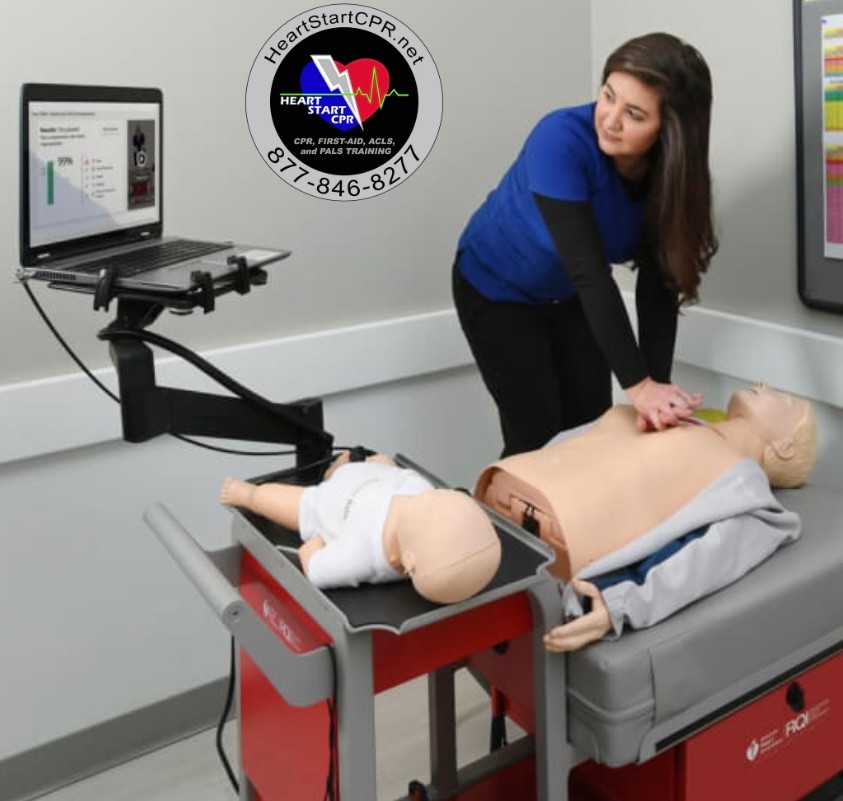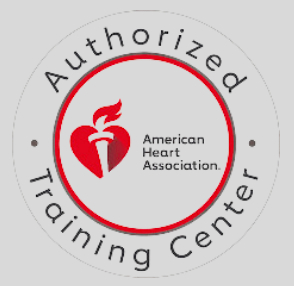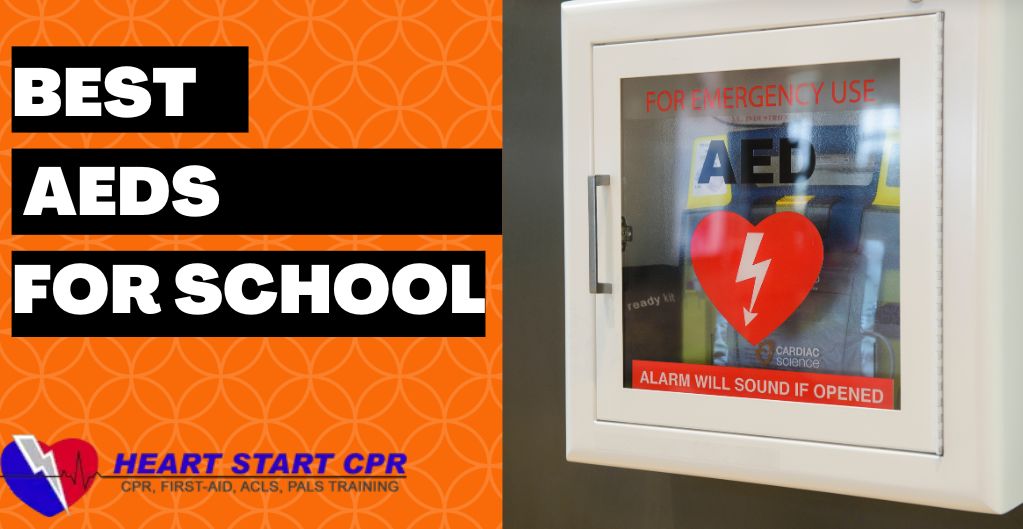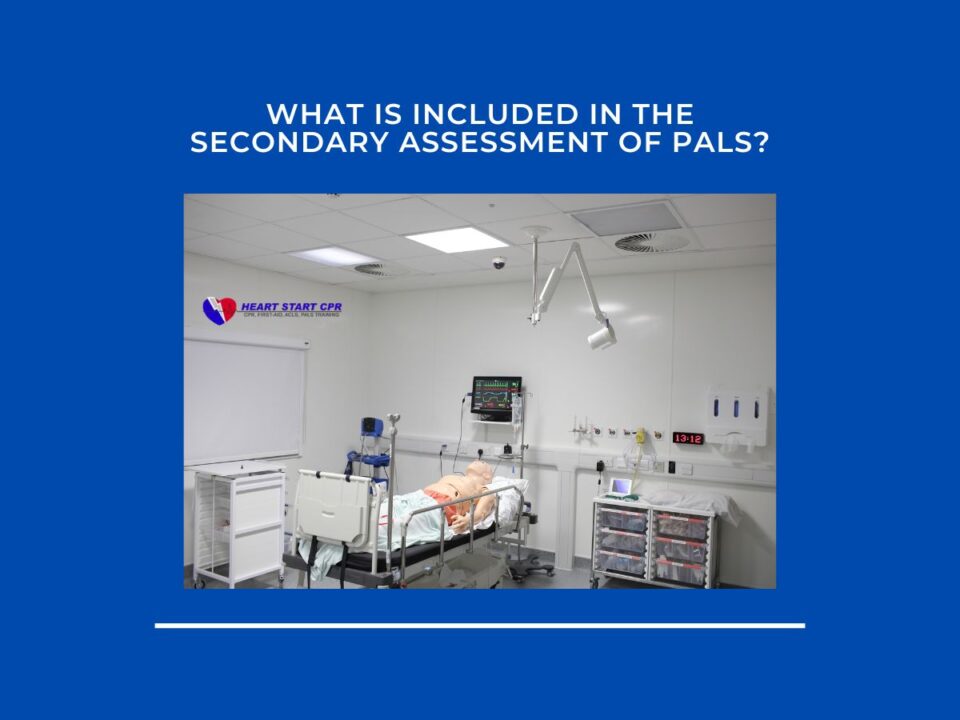
Importance of AEDs in Public Places
June 2, 2023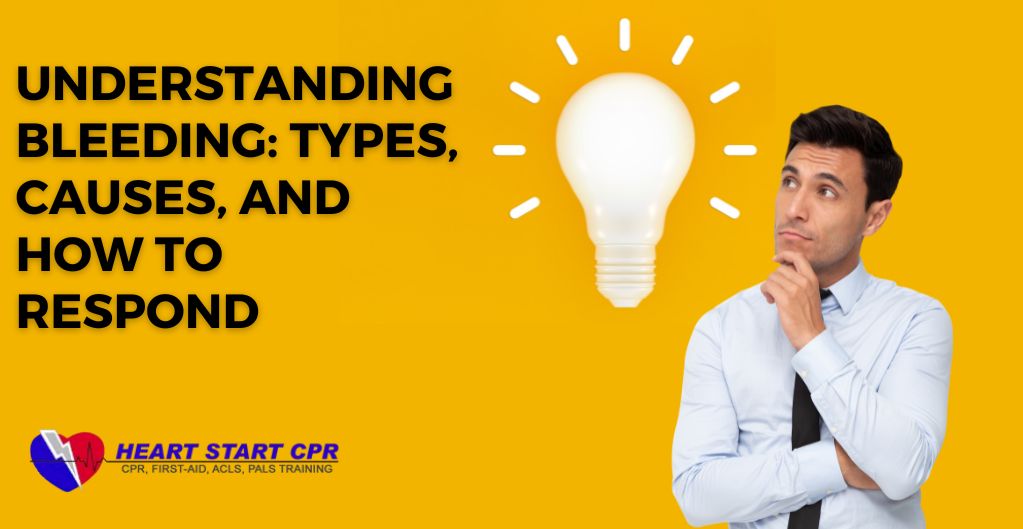
What Are The Types of Bleeding – Causes and First Aid
June 12, 2023Sudden Cardiac Arrest(SCA) is a severe problem that can happen to anyone, including students, within the school premises. As a responsible educational institution, it is essential to implement Automated External Defibrillators (AEDs) in their schools. Installation of Automated External Defibrillators(AED) on school grounds has been associated with increased survival after Sudden Cardiac Arrest(SCA).
Heart Start CPR offers the best AEDs for Schools. Contact us for special Pricing
In this blog post, we will explore the crucial role of AEDs in schools and discuss some key considerations for their implementation in the AED program. Let’s first discuss What AED is:
What are AEDs?
Automated External Defibrillators (AEDs) are life-saving devices used to treat victims experiencing Sudden Cardiac Arrest (SCA). SCA happens when the heart stops beating suddenly, often without prior warning signs.
One of the causes of SCA is known as Ventricular Fibrillation. Ventricular Fibrillation is an abnormal heartbeat that stops the blood flow to vital organs such as the brain and heart, causing a victim to lose consciousness.
When the heart ceases its normal rhythm, immediate action is needed. Death follows within a very short window unless CPR and AED are administered immediately by a bystander.
While CPR can help sustain the victim until emergency medical services (EMS) arrive, AEDs are the only devices that can return the heart’s abnormal rhythm to normal. This restoration happens quickly, which is why AEDs need to be easily accessible and can be deployed within two or three minutes.
AEDs for schools: Protecting Students Against Sudden Cardiac Arrest(SCA)
Sudden Cardiac Arrest (SCA) is unpredictable and can happen to anyone at any time and anywhere, often without warning, affecting individuals of any age. That is why schools must have immediate access to an Automated External Defibrillator(AED). Schools can significantly increase the chances of saving young lives by combining CPR with early defibrillation. Many AED models are equipped with a “child mode,” making them suitable for medical emergencies. This feature ensures that AEDs can be readily utilized in schools to provide timely assistance in critical situations.
Here are some benefits of having AEDs in school.
Implementing AEDs in high schools can,
- Protect students regarding cardiac emergencies.
- Save lives.
- Greatly improves the probability of surviving sudden cardiac death.
- Reduce the wrongful death and negligence claims against school districts.
- Placing this life-saving device perfectly next to the fire alarm and fire extinguisher would create an ideal safety & setup.
Why should schools have AEDs?
AEDs have become increasingly prevalent in school communities and various settings, resulting in more lives being saved across the country. This life-saving device has become standard:
- On athletic fields
- In gymnasiums
- As part of school emergency medical preparedness
While some schools have proactively taken steps to be prepared for cardiac arrest situations, In other instances, state legislatures have passed mandates that require the placement of AEDs in schools and all athletic events.
Matt Keene, a resident of New Hampshire, has a personal testimony attesting to the importance of AEDs in schools. Following a football practice when he was just 17 years old, he experienced cardiac arrest. Fortunately, his school had a ZOLL AED Plus readily available, which played a vital role in saving his life. Grateful for this life-saving device, Matt frequently shares his story, advocating for implementing AED mandates in all schools across New Hampshire. He hopes that his experience will inspire necessary actions to ensure the presence of AEDs in every educational institution, contributing to a safer environment for all.
To see Matt Keene’s incredible story: Click here.
This 8-minute video tells the remarkable journey of Matt Keene, a 17-year-old athlete, who suffered a sudden cardiac arrest event during football practice in New Hampshire.
Also read: Why workplace CPR and first aid training is important?
How many AEDs should a school have?
It is essential for all schools should have multiple AEDs. Relying on just one AED is insufficient for the school. Having at least one AED on each floor or building is recommended. AEDs should be strategically positioned within 3 minutes of every location within the school. Additionally, it is highly recommended for an athletic trainer to have immediate access to an AED during all athletic practices and games.
Each school has its own policy regarding the placement of Automated External Defibrillators (AED).
Here are some familiar places where AED may be found within schools:
- Near the gymnasium
- Within the main lobby
- With the nurse
- In the care of the athletic trainer
- In the middle of the hallways
Can Sudden Cardiac Arrest (SCA) Happen to Kids?
The SCA risk is higher among adults than younger people; however, research shows that SCA is increasing among children. We see stories too often these days about how a player collapses during a Sudden Cardiac Arrest match. We assume that horrible tragedies such as these are a fluke. Unfortunately, they happen occasionally and are fortunately unjustified. That’ll never happen. These young victims will likely survive as long as they are equipped with a life-saving device and are prepared to rescue a person.
According to the American Heart Association(AHA), approximately 7,000 children and young lose their lives yearly due to Sudden Cardiac Arrest(SCA). Most American children spend a much time in school (180 days per year, approximately 8 hours a day). It is essential to ensure that AEDs are accessible to every school.
It often surprises people that Sudden Cardiac Arrest (SCA) occurs in children and young adults. However, SCA incidents in schools occur, on average, in 1 out of every 111 schools annually. The number of these incidents varies across different age groups as follows.
- A higher number of incidents occur in colleges, with one arrest per every eight colleges.
- The number of incidents that occur in high school is one arrest per every 125 schools.
- Lower-level schools, including preschools through middle schools, have the fewest SCAs, with one incident occurring per every 200 schools.
The Impact of CPR and AED Training in Schools
Administrators must also learn about CPR and EKG(echocardiogram). All should know how to diagnose and treat victims using CPR or AED. It could be incredibly beneficial if all students were taught how to use AED. How can Sudden Cardiac Arrest (SCA) victims be saved if all high school graduates are brought into the workplace and community?
Also read: Benefits of CPR training in schools
AEDs Are Required in Most California Schools
Having Automated External Defibrillators (AEDs) is mandatory in the majority of California schools. Every California school with an interscholastic athletic program must have at least one AED. The AEDs are required to undergo regular testing and maintenance. Plus, individuals expected to use the AED, such as coaches, must receive training and AED usage.
Best AEDs for School in 2023
Physio-Control LIFEPAK CR2
Physio-Control LIFEPAK CR2 defibrillators are the recommended AED for California Schools due to their suitability for patients of all ages. It includes a specialized Child Mode button that instantly reduces the level of shock for pediatric patients under 8 years old and weighing less than 55 pounds.
The CR2 also incorporates ClearVoice audible instructions, enabling untrained users to perform CPR and defibrillation confidently. Given the diverse personnel in schools, the LIFEPAK CR2 offers the convenience of toggling between English and Spanish voice coaching. In addition, the CR2 stands out as one of the few AEDs on the market that allows CPR compressions during heart rhythm analysis. This feature ensures that necessary treatment is administered promptly during those critical minutes.
Recommended for you: Best AEDs for home
Conclusion
Promoting awareness about the presence and importance of AEDs in schools is vital to ensure the safety of students and staff. By implementing AEDs, schools demonstrate their commitment to preparedness and the well-being of their community. Prioritizing AED implementation, developing comprehensive policies, and providing training to use an AED Device can empower staff members and students to respond effectively during cardiac emergencies. Let us all work together to create a safe environment within our schools and prioritize the implementation of AEDs. Together, we can protect our students and potentially save lives.

